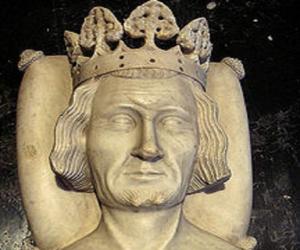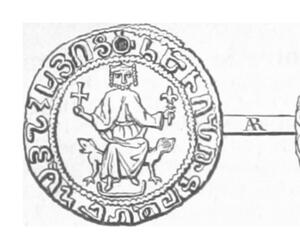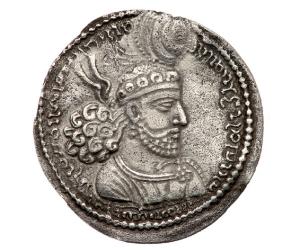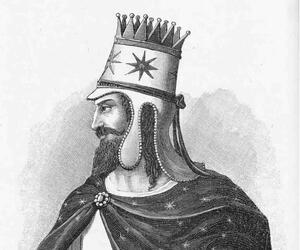1
Tigranes the Great
(King)
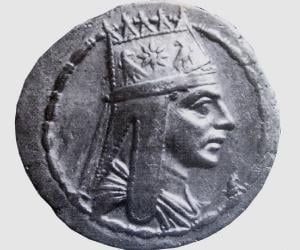
13
3
Birthdate: 0140 BC
Birthplace: Unknown
Died: 0055 BC
Tigranes the Great, a king of Armenia from 95 BC to 55 BC, expanded his kingdom significantly by annexing Roman and Parthian territories. He formed strategic alliances, such as marrying the daughter of Mithridates VI of Pontus. Tigranes' empire stretched from the Pontic Alps to Mesopotamia, the Caspian Sea to the Mediterranean, even reaching the Red Sea and Persian Gulf. Known for his admiration of Greek culture, he invited Greek intellectuals to his court and established a new capital, Tigranocerta. Tigranes faced significant defeats against Roman forces but eventually ruled Armenia as a Roman client-king until his death.
